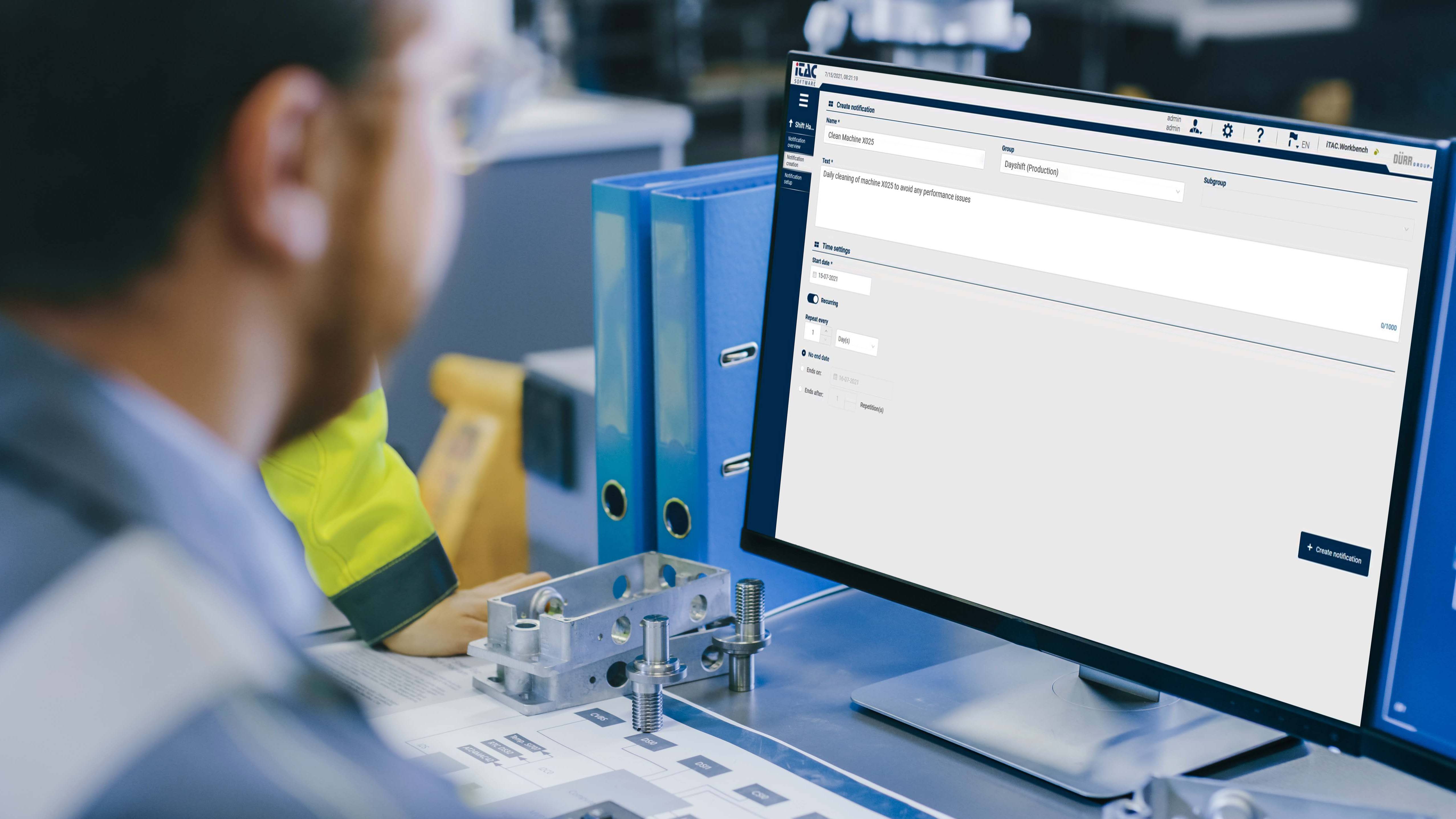Whether you have overstaffed, understaffing, or just mismanaged the schedules to the point that employees are irritated, you want to avoid the hassle and moaning that comes with scheduling. Our list of 8 fantastic shift handover hacks will help you spot difficulties, discover ways to prevent them, and enhance your scheduling abilities to the point where your staff engagement will skyrocket. Prepare to find a home for your Best Boss Ever trophy.
- Collect your information – Gather all of your information now to make future staff scheduling easier and more efficient. This entails speaking with your workers. You must know who is accessible on what days and times, whether they are prepared to work overtime and extra hours, if they can be relied on to cover sick leave and call-outs, and if they have any set days off that they must have. Collecting the data now will benefit all of your future scheduling attempts. You’ve simply killed two birds with one stone if you already know what your workers need and want, as well as what they’re competent and ready to do.
- Look to the past while planning for the future – Preferably, you’ll already have a relatively functional schedule that you can review to evaluate what helps and what doesn’t. Examine previous weeks and months, correlating employee involvement and absence to your productivity and sales statistics. Verify if there is any overlap. Is there a decline in productivity during certain shifts? If this is the case, review your records and employee interviews to discover if any of the unsatisfied employees have a history of working those shifts. If this is the case, it may be time to change their schedules to something more suitable for them. You can also discuss this with your coworkers.
- Establish new templates – After gathering employee input and reviewing previous schedules for flaws and high points, it’s time to develop new templates. These templates will make planning painless and quick in the future, so it’s definitely worth your time and money to put in the work today. Furthermore, with outstanding templates, you may even delegate scheduling chores to a trustworthy staff member if necessary, because all of the essential knowledge will already be in place. Fewer errors, happier staff, and more employee engagement—all because you took the effort to create effective scheduling templates. Your template will be customized to your business’s scheduling demands, but we can get you started with some basic suggestions.
- Make a backup plan for sick days and call-outs – Establishing a backup plan is something that managers frequently overlook when scheduling. One call-out amid a dinner rush is unpleasant for the employees who are already on the clock, difficult for you as you hurry to locate a replacement, and frustrating for the employees who receive your uncomfortable call requesting if they can come in. Keeping a backup schedule strategy in place before call-outs and crises will help to improve employee engagement, productivity, and efficiency. Remember the crucial hack -1. That’s right—once again, – 1 comes to the rescue.
- Obtain the proper instruments for the job – Charts, and paper logbooks have long been the go-to tools for scheduling. Sure, it’s practical, but it’s not attractive, and it’s not the most effective approach to handle your scheduled tasks. Paper scheduling sheets are not only inconvenient and prone to loss and destruction, but it is also inconvenient for workers to have to come into work or wherever the scheduling sheet is and review it every day. As a result, many people just check it once a week. This results in missed schedule adjustments, excess or understaffing, and major hassles. Employee engagement suffers when there is no quick, straightforward, and simple way for employees to check their calendars. Now, what’s the answer?

Employee engagement can be boosted by using digital shift handover tools.
- Provide available shifts and let workers select who takes them – This solution depends on a scheduling system that allows managers to publicize open shifts and empowers workers by enabling them to choose whatever shifts they want to work. Employee engagement rises when employees have a choice in their schedule, if they work longer hours, and if they can manage their time at work. This trick also helps you to unwind a little. Allowing employees to manage their shifts saves you time on phone calls and dealing with angry staff.
- Encourage workers to download the app – To enhance employee involvement even further, consider using a scheduling tool that gives employees the choice of downloading a simple shift handover app to their tablets, smartphones, or other mobile devices. They may access the schedule at any moment, regardless of where they are. This makes hack -6 even more effective since it maintains employee involvement even when they are not physically present at work. This facilitates new forms of communication (hack -1) and contributes to the development of a sense of community and belonging.
- Use labor rule alerts – One of the headaches of scheduling personnel is ensuring that all local labor standards are followed. In addition to costly penalties and missed time and money resolving the problems, breaking labor rules sends a message to your workers that you are unconcerned about their health, needs, and time. That’s a terrific way to destroy your employees’ drive to work hard for you, as well as diminish employee engagement and satisfaction and jeopardize your reputation. But, with the correct shift hand over software, labor norms are built-in, and you’ll receive notifications when a certain scheduling action violates those rules.

